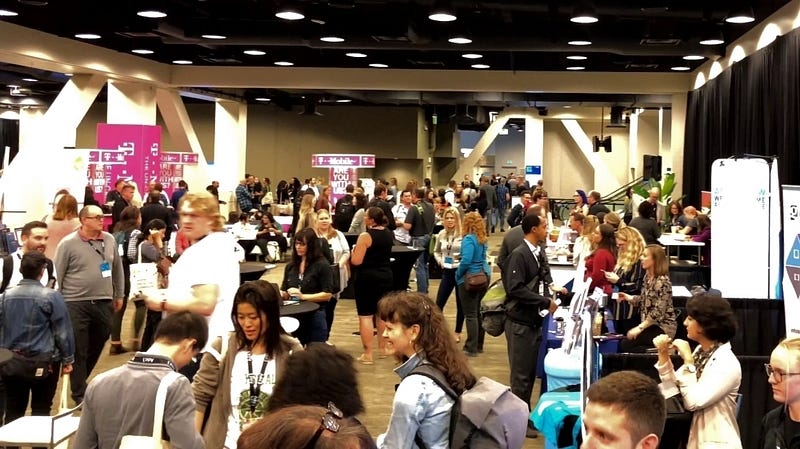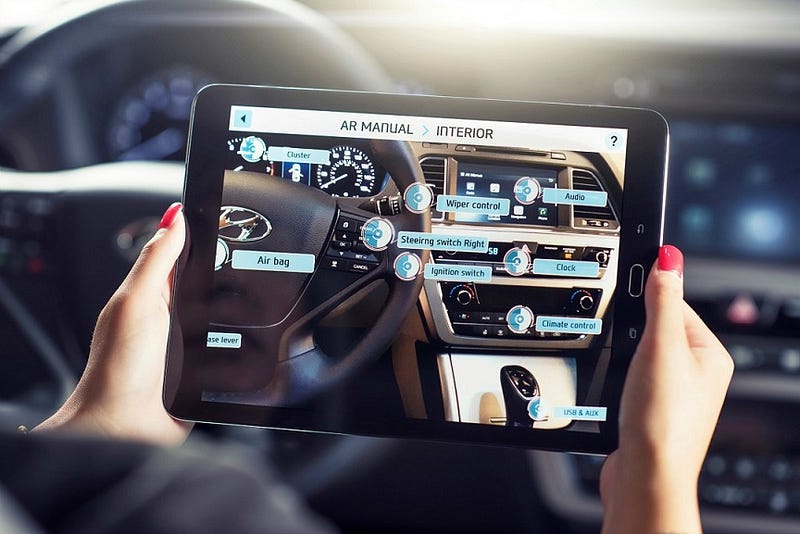Valence Takes Part in Seattle Interactive Conference

Visionary thinkers seeking disruptive technologies and innovative business models were brought together at the Seattle Interactive Conference(SIC) hosted in downtown Seattle on October 17th and 18th. During the course of two days, thousands of entrepreneurs, online business professionals, executives, and students attended SIC to share inspiration and learn about what is happening at the intersection of technology, creativity, and commerce. Valence was excited to participate in this annual event, and we had many great conversations with people across sectors wanting to learn more about the emerging technologies — and that’s what we do at Valence!
In Valence’s booth, we shared our visions and exhibited how we continuously innovate and help enterprise drive digital transformation through applying modern technologies including AR/VR, artificial intelligence, IoT, voice and chat, blockchain and more.
Valence was especially proud to showcase the fully immersive Space Needle Virtual Reality Tour that many SIC attendees raved about! Valence built this VR tour as part of Seattle’s Space Needle renovation marketing campaign rolled out in spring this year, which allowed local and national journalists to virtually see and feel what visitors would experience when the huge makeover to the Space Needle completed later in summer.
Putting on a VR headset (Samsung Odyessy: Windows Mixed Reality) and stepping onto a custom built haptic stage, within a minute the user would experience the elevator ride up to Space Needle’s observation deck and be looking down at the 500 feet between them and the ground, through a rotating glass floor.
During this virtual tour, those who have a fear of heights were often hesitant to put their foot forward onto the “glass floor” initially, as it felt too real to them, but in the end, they were very amazed by the experience of walking on a rotating glass floor and sitting back on a glass bench floating over the Seattle skyline.
We also brought in a pair of Magic Leap mixed reality glasses to demonstrate how users can interact with not only the 3D digital objects created in a virtual environment mapped to the current room they are in, but also the room and the physical objects inside it. For example, they can add a virtual animal on the coffee table that’s physically in the room; they can walk around and see the animal at different angles. The exhibition area immediately becomes the user’s playground once they put these glasses on, and people are excited about where the mixed reality technology will take them beyond gaming.
Among the visionaries at the conference was Valence’s very own Hannah Mintek, Head of Design, who was on a panel of XR (Mixed Reality) insiders, along with Vinay Narayan from HTC Vive, Andrew Mitrak from HaptX, and Theresa Moore from Pixability to share their insight about how we can make sure the future of XR tech is based on reality.
We had an epic time learning and networking at Seattle Interactive Conference and hope to see you next year!


